Holographic Transits
Astrology: A Language of Life, Vol. 5
by Robert P. Blaschke
24 June 2025 / b&w paperback: 9781947544772
“Kepler was intrigued by the recurrent angular relationships between pairs of planets. Robert Blaschke’s Holographic Transits pushes Kepler’s thinking a giant step ahead, setting the stage for a new generation of astrologers to work with transits in an entirely new manner.” — Rick Levine
Written for professional astrologers, this book illustrates the natal planetary holograms, or spatial patterns, relative to the Sun that repeat in the Heavens throughout life. By understanding these patterns and cycles, astrologers can choose precise dates for aligning free will with Higher Self. Celestial conditions at the time of these phase angle returns reveal how the holographic structure of the soul can be restored to wholeness, along with exposing the interplay of fate and free will. The individual nativity is also part of a larger soul group, determined by prenatal synodic cycles.
LIVE LAB! Explore holographic transits with Dr Jenn Zahrt at The CAELi Institute’s virtual campus this summer in a six-week immersive lab starting on Tuesday, June 24 (11am-1pm PDT). Tune in from anywhere in the world. You’ll build a brand new map of your potential using cutting-edge hypermodern astrology.
Register here and get the book for free (international shipping rates will apply).
This is the fifth of five volumes in Blaschke’s Astrology: A Language of Life series (new covers shown in gallery) to be re-released over the course of 2024 and 2025.
Foreword to the Second Edition (2025)
by Rick Levine
Astrology transforms and evolves along with culture and consciousness. Although many fundamental techniques in the modern astrologer’s toolbox originated centuries or even millennia ago, new ones are championed by astrological researchers and pioneers. Although many continue to be presented to the community at large, some actually find their way into widespread use.
One of the great shifts in astrological practice over the last century is the movement away from concrete prediction and toward archetypal description. However, this development is part of a larger transformation that has been powered by breakthroughs in depth psychology and quantum physics. Modern astrology focuses on cycles rather than points, orbital phases rather than isolated moments, and repeating patterns rather than single transits. From Grant Lewi’s Saturn cycles to Dane Rudhyar’s lunar phases, from Cosmobiology’s 90-degree wheels to John Addey’s harmonics, the obvious path of modern astrology continues to acknowledge the rising importance of planet waves as a counterbalance to the location of a planet by point on the zodiac.
Johannes Kepler may have been the first astrologer to suggest that the zodiac is not of primary importance but he is surely not the last. He argued that the geometric relationships between the planets were more significant than their zodiacal positions. Furthermore, Kepler was intrigued by the recurrent angular relationships between pairs of planets. Robert Blaschke’s Holographic Transits pushes Kepler’s thinking a giant step ahead, setting the stage for a new generation of astrologers to work with transits in an entirely new manner.
A hologram is a recording of electromagnetic interference patterns that can be brought back to life; it’s a three-dimensional image that is created by the interference of light waves, making a realistic, visually immersive experience. The resultant lifelike image is essentially a 3D photograph that captures and recreates an object’s appearance in depth. Blaschke makes the case that a natal horoscope is the captured interference patterns of the planetary energy at play at someone’s birth moment. The Sun, like a laser used to activate a holographic image, acts as the reference beam in a hologram. However, a second laser is necessary to produce a hologram. A transiting planet can act as the holographic catalyst.
In its simplest form, when the Sun’s natal angle of separation to another planet is repeated in the heavens, these so-called “holographic transits” resonate the natal chart regardless of the degree location of the transiting planets. For example, someone born with the Sun at 3° Taurus 22′ and Jupiter at 7°
Taurus 35′ has 4° 13′ of angular separation between these two planets. Every year when the Sun and Jupiter are separated by exactly 4° 13′, this holographic transit catalyzes the hologram of Jupiter, activating the potential for the expression of free will around Jupiterian issues.
Robert Blaschke takes this simple concept of vibrational reactivation to an extraordinary place, revealing through concrete chart examples how the Sun’s natal relationship with each of the other planets can be used to unfold a whole new way to understand timing. This basic concept is the jumping off point to a series of specific analytical tools that would be advantageous for all astrologers to have at their disposal.
Rick Levine
April 2025
Redmond, Washington
Contents
Acknowledgments
Foreword to the second edition by Rick Levine
Introduction
Chapter One: Holographic Transit Theory and Technique
Entering the Space-Time Continuum: Free Will and Fate
Transits: How Fate is Administered
The Solar System as an Immense Clock: Time Cycle Theory
Discerning Which Transits Are More Powerful
If Fate = Time, Does Free Will = Space?
The Dual Holographic Nature of the Nativity
The Central Importance of the Sun and its Synodic Cycle
Holographic Transits: Aligning the Soul with Higher Self
The Supporting Role of the Moon
Secondary Progressions Interacting with Phase Angle Returns
Recapitulation
Chapter Two: Sun-Moon Phase Angle Returns
Sun-Moon Phase Angle at Birth
Pre-Natal Sun-Moon Synodic Cycle
Using Sun-Moon Holographic Transits
Chapter Three: Sun-Mercury Phase Angle Returns
Sun-Mercury Phase Angle at Birth
Pre-Natal Sun-Mercury Synodic Cycle
Using Sun-Mercury Holographic Transits
Chapter Four: Sun-Venus Phase Angle Returns
Sun-Venus Phase Angle at Birth
Pre-Natal Sun-Venus Synodic Cycle
Using Sun-Venus Holographic Transits
Chapter Five: Sun-Mars Phase Angle Returns
Sun-Mars Phase Angle at Birth
Pre-Natal Sun-Mars Synodic Cycle Using Sun-Mars Holographic Transits
Chapter Six: Sun-Jupiter Phase Angle Returns 145
Sun-Jupiter Phase Angle at Birth
Pre-Natal Sun-Jupiter Synodic Cycle
Using Sun-Jupiter Holographic Transits
Chapter Seven: Sun-Saturn Phase Angle Returns
Sun-Saturn Phase Angle at Birth
Pre-Natal Sun-Saturn Synodic Cycle
Using Sun-Saturn Holographic Transits
Chapter Eight: Outer Planet Phase Angle Returns
Outer Planet Phase Angles and Pre-Natal Synodic Cycles
Using Outer Planet Holographic Transits
Epilogue to First Edition (2006)
Epilogue to Second Edition (2025), by Jenn Zahrt, PhD
Appendices
I. New Moons + Solar & Lunar Eclipses 1920 to 2120
II. Sun-Mercury Inferior + Superior Conjunctions 1920 to 2120
III. Sun-Venus Inferior + Superior Conjunctions 1920 to 2120
IV. Sun-Mars Conjunctions + Oppositions 1920 to 2120
V. Sun-Jupiter Conjunctions + Oppositions 1920 to 2120
VI. Sun-Uranus Conjunctions 1920 to 2120
VII. Sun-Neptune Conjunctions 1920 to 2120
VIII. Sun-Pluto Conjunctions 1920 to 2120
IX. Solstice Point Degrees of the Zodiac (Antiscion)
X. Equinox Point Degrees of the Zodiac (Contrascion)
Index of Degree Symbols by Page Number
Notes
Bibliography
Robert P. Blaschke (1953–2011), in practice from 1979–2009 and founder the Earthwalk School of Astrology in 1992, continues to be an internationally respected professional astrologer, known for his consulting, lecturing, and teaching prowess. He lectured at regional and international astrology conferences in the US, Canada, Australia, South Africa, and Serbia. In 2012, Blaschke posthumously won a Regulus Award for Discovery, Innovation and Research. His critically acclaimed five-volume Astrology: A Language of Life series remains a definitive contribution to the astrological field and to the advancement of serious astrologers worldwide.
Additional information
| Dimensions | 9.21 × 6.14 in |
|---|


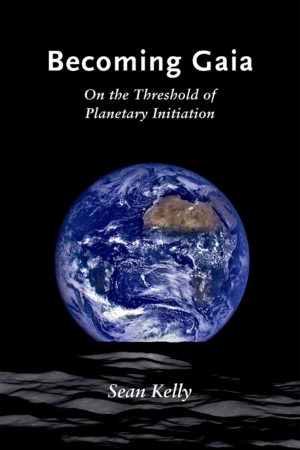
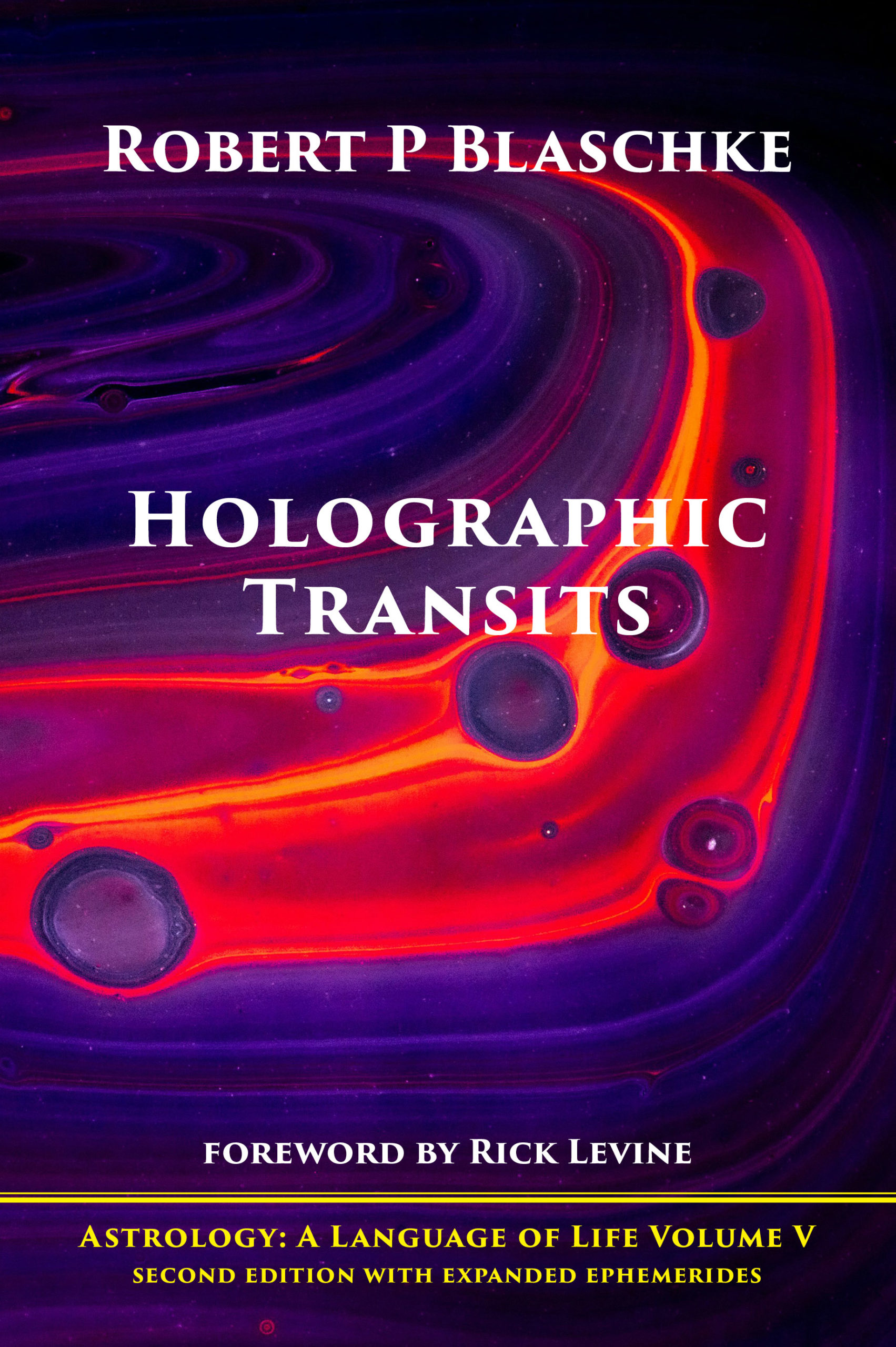
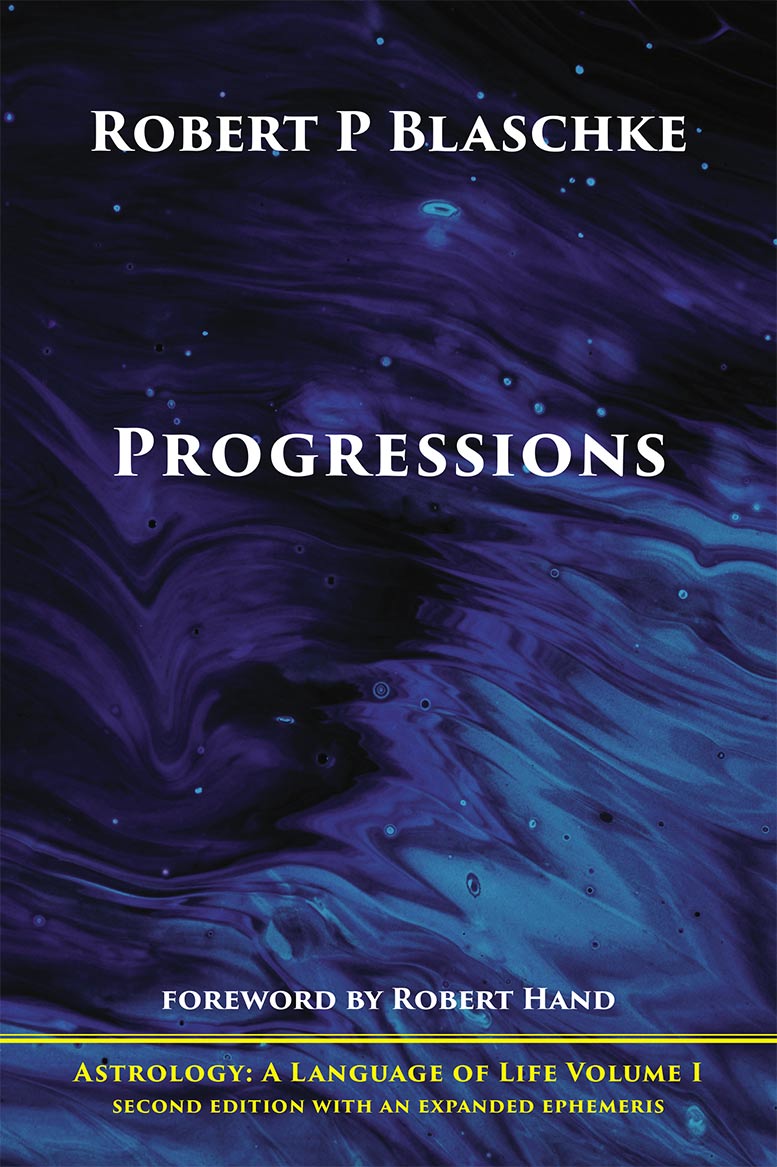

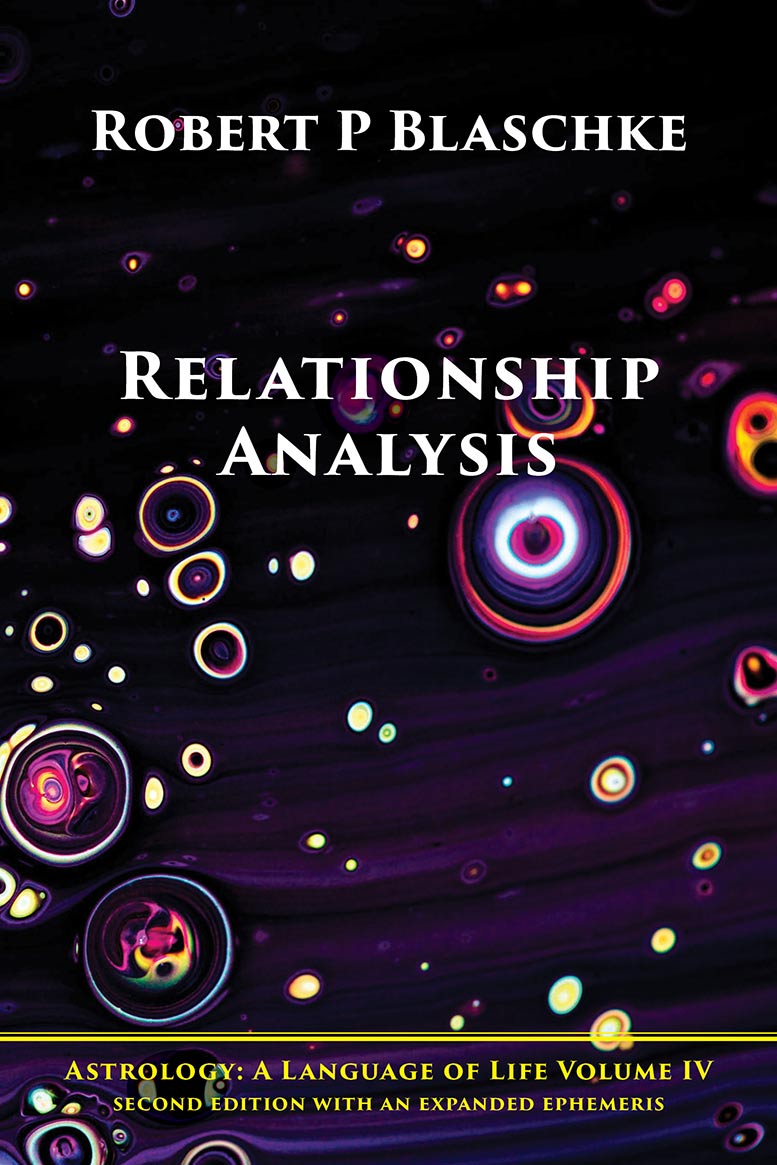



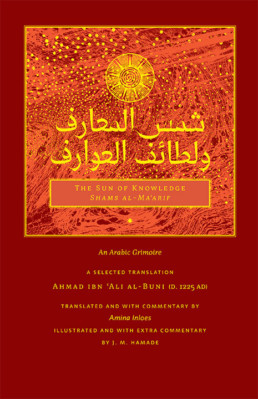
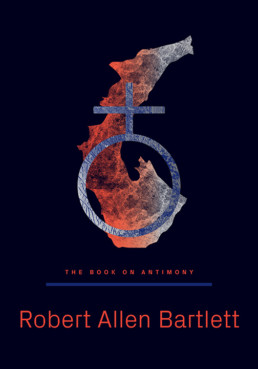



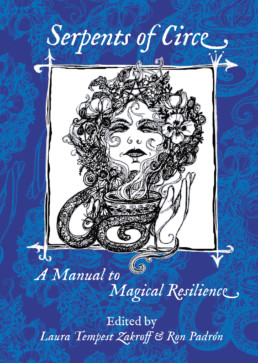
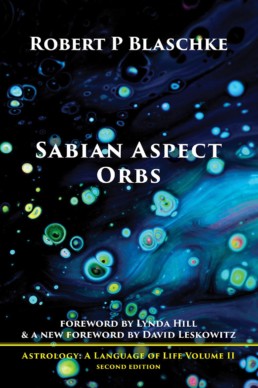
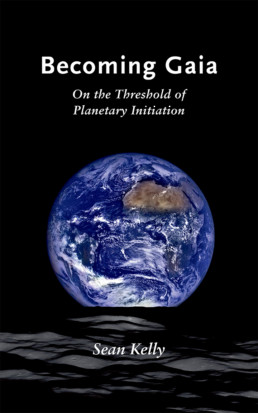

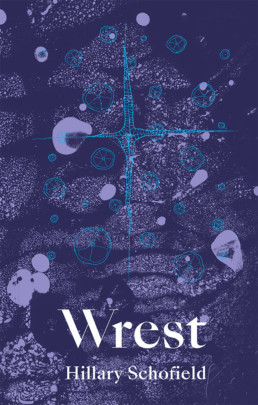

Reviews
There are no reviews yet.